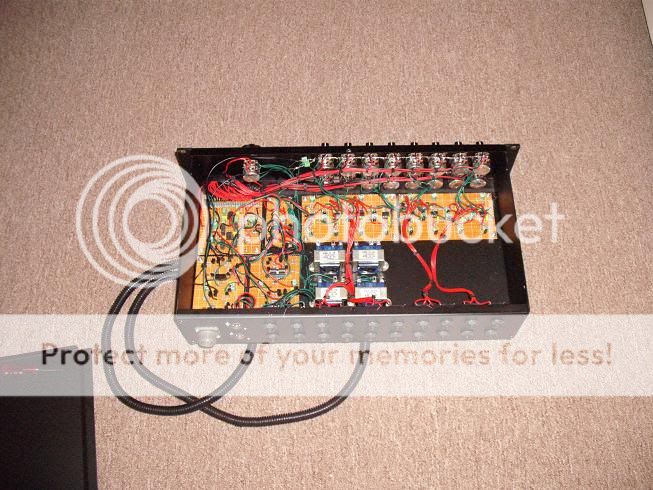Niketouille
Well-known member
Is that possible ? Using a high ratio transformer ?

JohnRoberts said:I can imagine how using a modest step up transformer hanging off a passive bus, back in the day could have merit over just using the opamps of the day at high noise gains alone. In the '70's we saw newer low noise discrete devices and improved general purpose opamps that changed our available tool kit, while sum bus design will always require special consideration due to high noise gain involved. Eliminating 6dB from the make-up gain needed is not nothing but in the context of a bus with a few tens of inputs maybe not a game changer.
Note: stepping up the bus impedance was probably a major benefit of using it... opamps of the day were a poor match for sub 1k source impedance. Trying to get bus impedance up using large value resistors could have been problematic for stray capacitance, and crosstalk issues.
I am not a student of what is actually under Neve's hood so this is speculation on my part.
JR
JohnRoberts said:-------
IIRC the Phillips PN was TDA1034
------
I am not casting aspersion on Neve design, while I never was a fan of transformers for audio. I jumped on the transformer-less mic preamps for consoles when they first became practical in the '70s. In fact the lack of iron was a selling feature on my consoles. While even back then (like now) opinions varied.
Enter your email address to join: